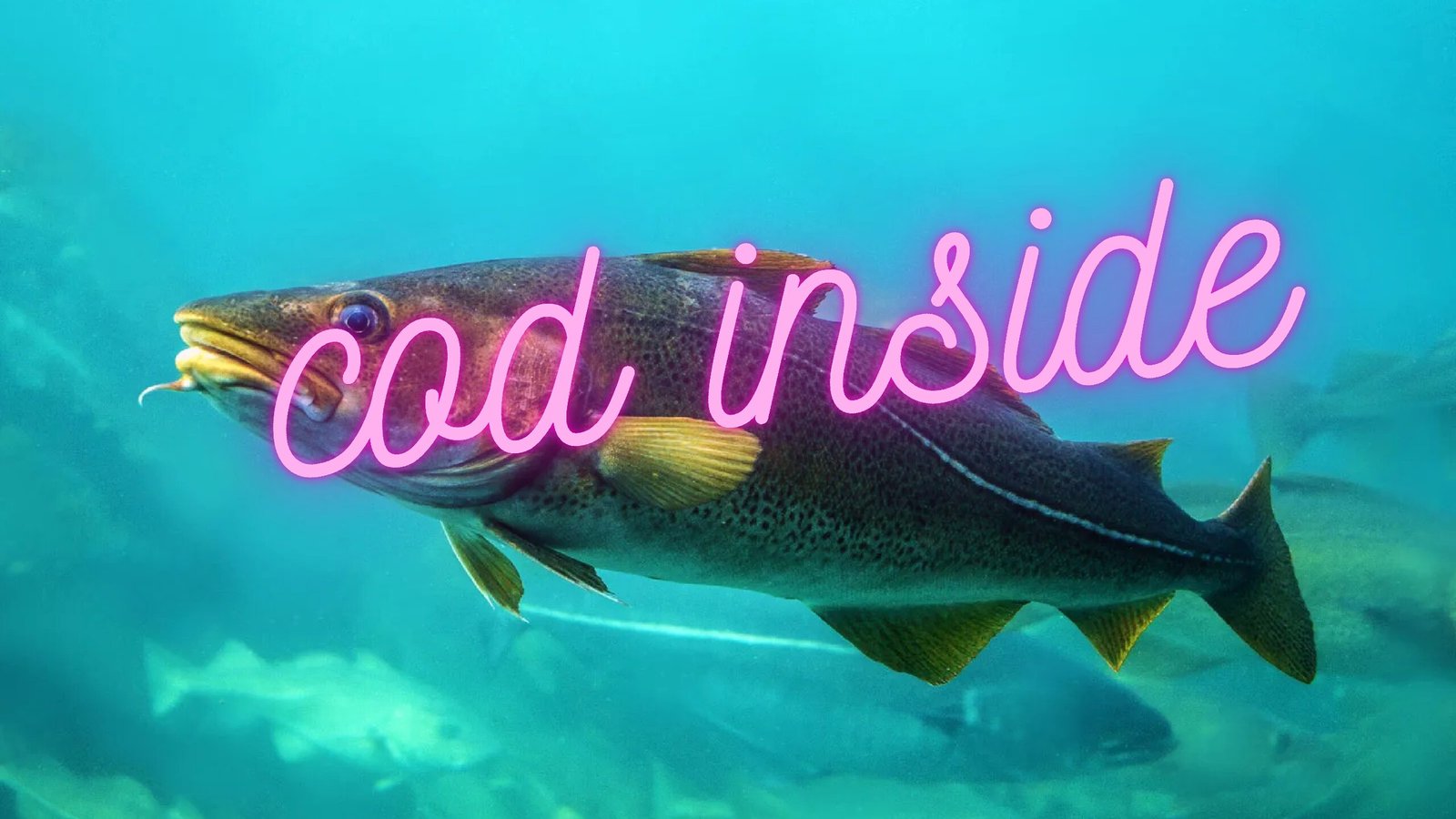cod inside, scientifically known as Gadus morhua, is a staple in the culinary and ecological realms. This versatile fish, found predominantly in the North Atlantic, is prized not only for its delectable taste but also for its rich nutritional profile. Let’s explore the fascinating world of cod under various subheadings.
Historical Significance
A Staple Through the Ages
cod inside has played a vital role in the history of many civilizations. Its preservation through salting and drying techniques made it an essential commodity for long voyages and trade. Cod fishing has been a cornerstone of economies in regions such as Newfoundland, Iceland, and Norway for centuries.
Biological Overview
Species and Habitat
Cod belongs to the family Gadidae and is primarily found in the colder waters of the North Atlantic. There are two main species: the Atlantic cod and the Pacific cod. Atlantic cod is most commonly found from the shores of North America to the Arctic, while Pacific cod inhabits the waters off the coast of Alaska and Russia.
Physical Characteristics
Cod is easily recognizable by its elongated body, three dorsal fins, and a distinctive barbel on its chin, which it uses to search for food on the ocean floor. They are usually greenish-brown with speckled patterns that help them blend into their surroundings.
Ecological Impact
Role in the Ecosystem
Cod plays a crucial role in the marine ecosystem. As both a predator and prey, cod helps maintain the balance of the food web. They feed on smaller fish and invertebrates, while larger predators, such as sharks and seals, prey on them.
Overfishing and Conservation
The popularity of cod has led to overfishing, causing significant declines in their populations, particularly in the North Atlantic. Efforts are being made to implement sustainable fishing practices and conservation measures to ensure the long-term survival of cod species.
Nutritional Value
Health Benefits
Cod is a nutritional powerhouse. It is an excellent source of lean protein, vitamins, and minerals. High in vitamin B12, iodine, and omega-3 fatty acids, cod supports heart health, cognitive function, and overall well-being.
Culinary Uses
Cod is a versatile fish that can be prepared in numerous ways, from baking and grilling to frying and steaming. Its mild flavor and flaky texture make it a favorite in dishes such as fish and chips, chowder, and ceviche.
Economic Importance
Fishing Industry
Cod fishing is a significant industry, providing livelihoods for thousands of people around the world. It contributes substantially to the economy of many coastal communities and remains a vital part of the global seafood market.
Challenges and Opportunities
The industry faces challenges such as fluctuating fish populations and regulatory restrictions aimed at preventing overfishing. However, there are opportunities in aquaculture and sustainable fishing practices that promise a brighter future for both cod populations and the industry.
Conclusion
Cod remains a fish of immense importance, from its historical significance and ecological role to its nutritional benefits and economic value. As efforts continue to promote sustainable fishing and conservation, we can hope to preserve this remarkable fish for future generations to enjoy.

